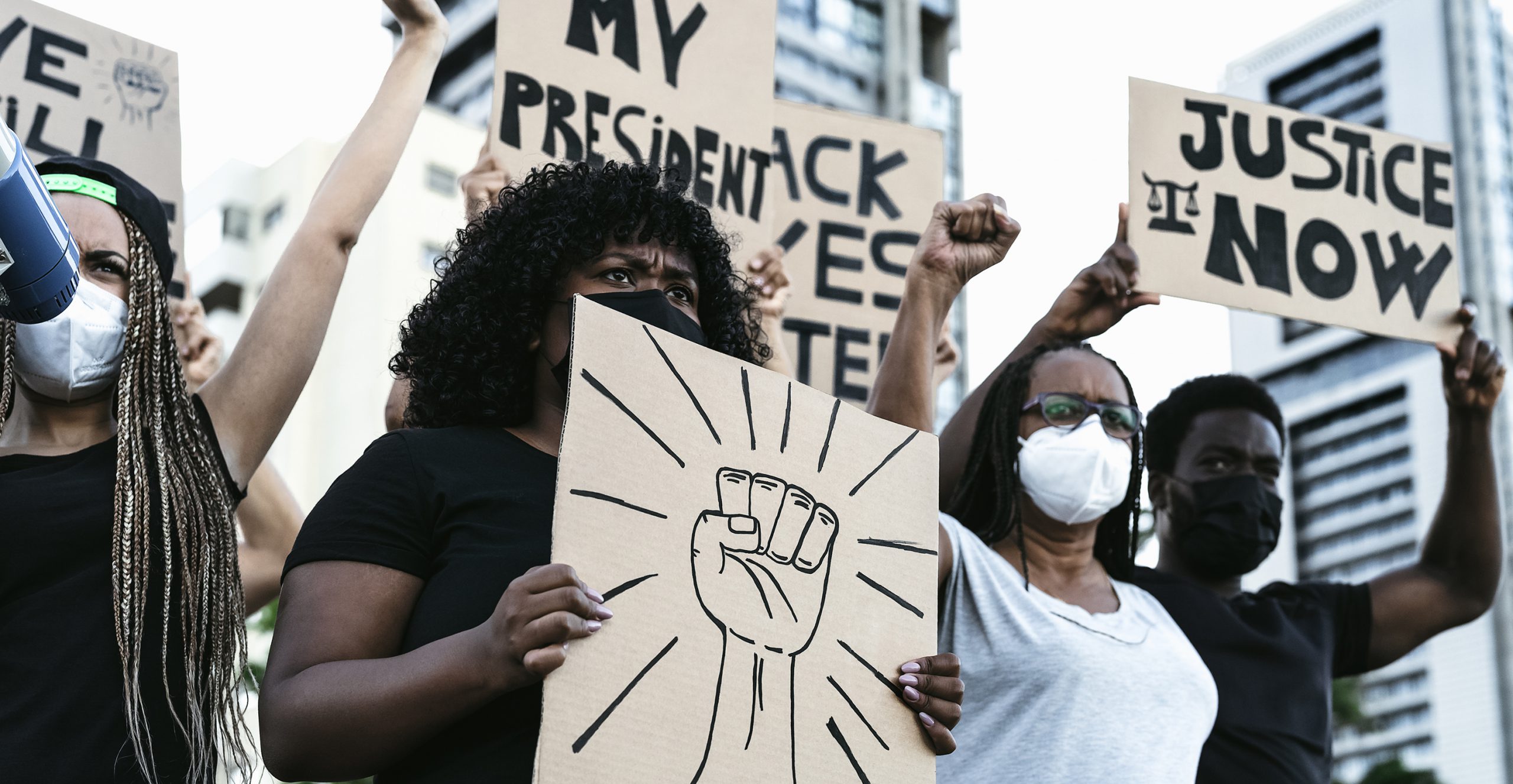LOGAN EVANS
campus editor/photographer

In 2020, about 15 to 26 million people gathered around the U. S., participating together in Black Lives Matter protests, according to The New York Times.
In 1961, Black-led activists fought segregation by sitting together in mixed racial groups on interstate buses. When they reached the Deep South, these activists — known as Freedom Riders — were met with a violent backlash that turned civil rights into a national issue.
Sixty years later, that issue remains an exposed nerve to millions of Americans — and Black activists are still gathering to make their voices heard.
“The Freedom Rides represented a major evolution in the tactics of the civil rights movement,” TR government instructor Stacey Muse said to a virtual audience on Feb. 6. “They were able to engage the media and gain a sympathetic national audience.”
Muse spoke as part of TCC’s Protests in American History series, a look back at landmark demonstrations and their lasting impacts. This month traced Black-led protests from the Freedom Rides to Black Lives Matter — and drew several parallels along the way.
Early news coverage of the Freedom Rides was mixed, similar to what we see in regards to BLM, Muse said. Many accounts criticized extremists on both sides, equating civil rights activists with their segregationist opposition.
On May 14, 1961, a bus carrying Freedom Riders through rural Alabama was attacked and bombed by a white mob. Photos of the charred bus circulated in the news, an image Muse said “changed the country’s consciousness altogether.”
Although The Civil Rights Act of 1964 outlawed racial discrimination thanks in large part to protests like the Freedom Rides, it was ignored in many pockets of the south, Connect history professor Meredith May said.
In 1970, students at Stephen F. Austin University in Nacogdoches, Texas marched against a decades-long regime of racism by Chief of Police MC Roebuck. Roebuck fought back, arresting protesters and attacking them with mace, but was eventually charged with the killing of a Black man.
Although he was found not guilty, Roebuck’s indictment alone was a sign of progress, May said.
“The resistance of African Americans showed much less toleration for the harassment of the past, showing exactly what can happen when students get together and organize,” she said.
Elaborating on the power of organization, NE chair of government and paralegal studies Joan Johnson stressed the difference that one idea can make in the hands of many.
Johnson said that BLM — now a global movement — began as a Twitter hashtag after the 2012 killing of Trayvon Martin. Her voice sank as she recalled the strain Martin’s death put on the nation.
“I remember when I saw the story,” she said. “I looked at Trayvon and I could see my children.”
Notably, the Feb. 6 presentation took place on what would have been Martin’s 26th birthday.
In 2013, Martin’s killer was acquitted after a two day trial. The BLM hashtag gained popularity and three women — Alicia Garza, Patrisse Cullors and Opal Tometi — founded the organization Black Lives Matter.
“It should be jarring to all of us that this statement has to be made and that this organization has to be formed,” Johnson said.
In the years following Martin’s death, BLM became a mantra to be chanted with anger and passion in the wake of similar killings. The phrase — and the movement behind it — culminated in worldwide protests after the 2020 death of George Floyd at the hands of law enforcement.
Fort Worth musician Esosa Obazee took part in multiple BLM demonstrations during this time.
“I feel like a lot of people only cared about the property damage,” Obazee said. “I wasn’t there to riot, I was there to be with my people.”
To Obazee, there was a weight in the air during that time. It only made sense for Americans to come together and push back.
“Many students expressed an interest to see how certain current events have played out in the past,” NE history professor Chloe Northrop said.
Black History Month presented the opportunity for the department to use the series to explore BLM as a successor to the civil rights movements of yesterday.
What began as a single hashtag expressing frustration became what could very well be the biggest movement in modern history, Jones said.
“Far too often, we hear people say ‘I’m just one person, it’s just one vote,’” she said. “I want us all to be aware that we really do have a lot of power.”

